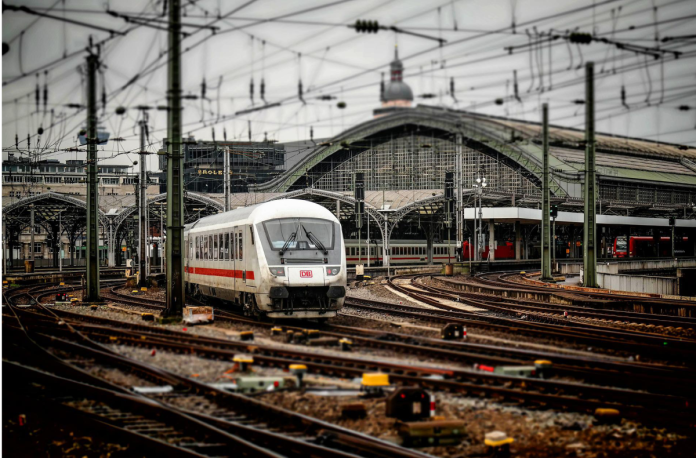Editor: What To Know
- For super extension telescopic slides, the stroke is greater than the length of the rail, the telescopic pullout is up to 150 percent of the closed length of the slide.
- The center of gravity of the load should be placed as close as possible to the mounted rail and centered on the moving element for uniform load distribution.
- Some manufacturers express load and bending capacities based on a pair arrangement, while others use the load capacities of a single rail.
Faced with the numerous types of telescopic slides, the industrialist must reasonably give himself time to think before opting for the “right” solution. Because there are many different technologies, load capacities and materials to choose from. If your project requires a telescopic slide, there are certain points to keep in mind when making your choice such as material, extension, load capacities and life span. Here are some tips to help you choose the right telescopic slide for your application.
1/ Materials
In order to minimize bending, it is important to carefully consider the full range of possible materials for your telescopic slide. Here are the most common materials, with their advantages and disadvantages:
- Aluminum: while this material is a good choice for applications requiring a lightweight product, aluminum is more prone to bending than other materials.
- Formed Steel: While this is undoubtedly the most economical choice, formed steel is less resistant to shock and vibration than other materials.
- Cold-drawn steel: This material is another low-cost option that does not undergo heat treatment. However, indentations may appear on the raceways, since the hardness of the balls is greater than that of the rails.
- Cold-drawn and hardened steel: For the most robust models, induction-hardened rails and slides are the most appropriate choice. Even though the manufacturing and assembly costs of these telescopic slides are higher, this material allows for better rigidity and reduced bending.
2/ Extension
When choosing the stroke of a telescopic slide, three options are possible: full extension, partial extension or super extension. Partial extension refers to a stroke that is 50 to 65 percent of the closed length. In the case of full extension, the stroke is equal to the closed length. For super extension telescopic slides, the stroke is greater than the length of the rail, the telescopic pullout is up to 150 percent of the closed length of the slide
Some models of telescopic slides allow a double stroke, so the loads can move in both directions while keeping the same closed length.
3/ Load capacities
This is an important factor to consider. The center of gravity of the load should be placed as close as possible to the mounted rail and centered on the moving element for uniform load distribution. Load capacities are generally calculated assuming a properly distributed load.
4/ Service life
When sizing a telescopic rail for continuous operation, make sure you use the correct formula for calculating service life and dynamic load capacities. Some manufacturers express load and bending capacities based on a pair arrangement, while others use the load capacities of a single rail. It is essential to take the time to check the various possible configurations and specifications provided by the manufacturer.
Linear solutions: undeniable advantages
Regardless of the linear solution finally chosen, telescopic systems offer numerous undeniable advantages:
- The silent nature of their operation and the smoothness of their movement are the guarantees of a stylish ergonomics.
- Their small size and “discretion” make them partners of a careful architectural design, particularly adapted to luxury stores (jewelers, designers).
- Their play-free operation makes them ideal for the most meticulous layouts (special furniture, aviation, shipbuilding).


